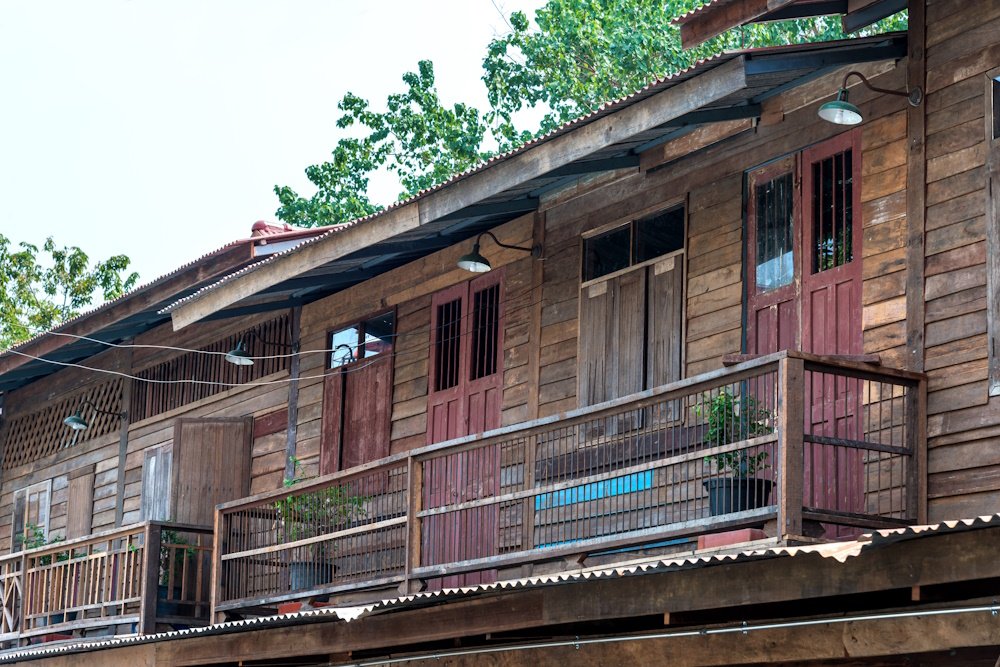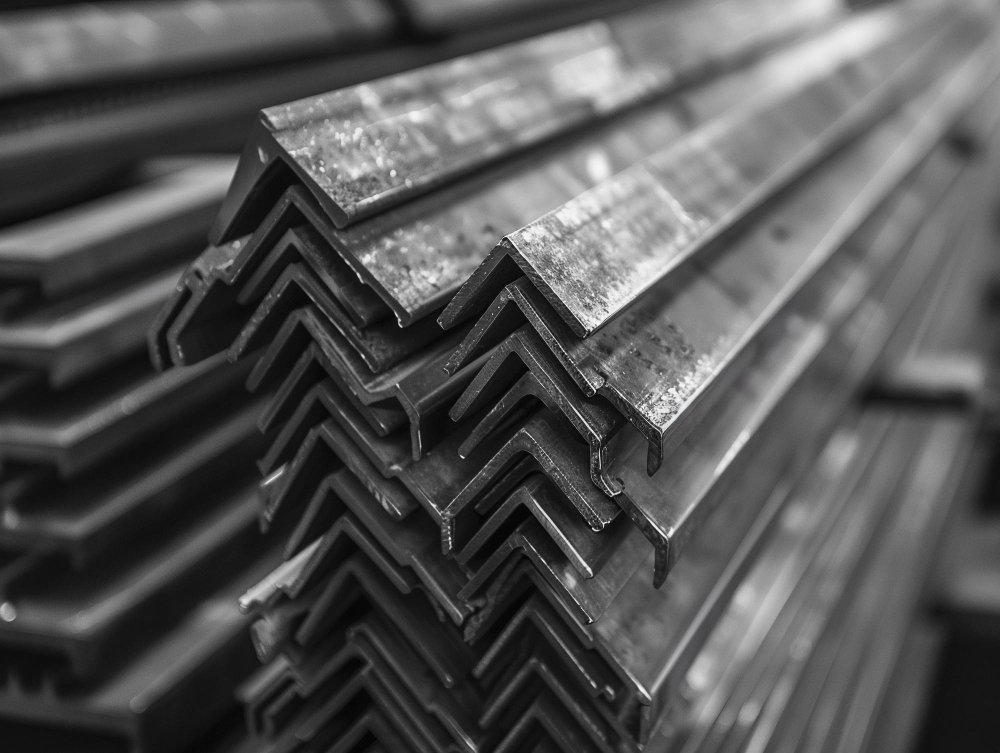Galvanized iron (GI) pipes are a common and durable choice for various applications in Philippine homes, particularly for water supply systems and structural elements. Understanding the factors influencing galvanized iron pipe prices in the Philippines for homeowners is crucial for effective budget planning. This article provides essential insights into current market trends and practical tips for securing the best deals on these vital construction materials. Navigating these costs effectively helps homeowners manage their project expenses with confidence.
What Are Galvanized Iron Pipes?
Galvanized iron pipes are steel pipes that have been meticulously coated with a protective layer of zinc. Manufacturers apply this zinc coating through a process called galvanization, usually hot-dip galvanizing. The zinc acts as a sacrificial layer, actively preventing the underlying steel from rusting and corroding over time. This enhanced corrosion resistance is particularly beneficial in the humid, tropical climate of the Philippines, where moisture can quickly degrade unprotected metal surfaces.
GI pipes are widely known for their impressive durability and inherent strength, making them suitable for long-lasting applications in various residential settings. They are commonly used in residential projects for reliable plumbing, efficient water distribution, and sometimes for lighter structural frameworks like fencing or sturdy gate supports. Their robust nature ensures a reliable and functional system for many years to come.
Factors Influencing GI Pipe Prices
Pipe Size and Gauge (Thickness)
The diameter and wall thickness (commonly referred to as gauge or schedule) of the GI pipe are the most significant determinants of its overall price. Larger diameters and thicker walls naturally require more raw material during manufacturing, directly leading to higher production costs. For typical residential plumbing, common sizes range roughly from 1/2 inch to 2 inches in diameter. Schedule 40 (Sch40) is a widely accepted standard gauge often used for water lines due to its superior durability and strength. Lighter gauges, sometimes broadly categorized as Class A or Class B, may be cheaper but inherently offer less strength and longevity.
Raw Material Costs (Steel and Zinc)
The volatile global prices of both steel and zinc directly impact the cost of finished GI pipes. As these essential raw material prices fluctuate in international markets, so too do the corresponding prices of finished GI pipes in the Philippines. Influential factors like global supply and demand dynamics, significant geopolitical events, and broader economic shifts all play a substantial role. Since the Philippines imports a considerable portion of its steel, international market volatility is always a key consideration for local pricing.
Brand and Manufacturer
Different manufacturers and various brands may offer GI pipes at varying price points across the market. Well-established local brands or those with recognized international certifications often command a premium price. This reflects their unwavering commitment to consistent quality and strict adherence to specific standards like the Philippine National Standard (PNS) mark. Lesser-known brands might offer cheaper alternatives but could potentially compromise on crucial quality aspects. Researching reputable suppliers, such as those found in busy commercial areas like Paranaque City, Metro Manila, is always a prudent practice for homeowners.
Supplier and Location
Prices can also vary significantly among different hardware stores, large construction supply depots, and various distributors across the Philippines. Larger, more established suppliers or those who purchase in massive bulk quantities might offer more competitive rates and discounts. Location also plays a vital role due to inherent transportation costs. Purchasing from a supplier physically closer to your project site can substantially reduce overall delivery expenses, making the total cost more manageable.
Market Demand and Supply
High demand for construction materials, perhaps during a widespread building boom, can consistently drive up prices due to increased scarcity and competition. Conversely, an oversupply in the market can lead to more competitive pricing as suppliers actively try to clear their existing inventory. Monitoring prevailing market trends can help homeowners identify optimal times for making large purchases. Unexpected events like natural disasters can also temporarily disrupt supply chains, directly affecting material prices and availability.
Estimated Price Ranges for Residential GI Pipes
1/2 inch GI Pipe (Sch40)
Expect prices to range roughly from ₱900 to ₱1,300 per 6-meter length. This relatively small size is often widely used for general residential water lines within a home.
3/4 inch GI Pipe (Sch40)
Prices for this common size may fall approximately between ₱1,200 to ₱1,700 per 6-meter length. This is another frequently used size for main water lines feeding various sections of a household.
1 inch GI Pipe (Sch40)
These slightly larger pipes might cost approximately ₱1,600 to ₱2,500 per 6-meter length. They are typically used for main water supply connections entering the property or other higher-flow applications within the plumbing system.
1 1/4 inch to 2 inch GI Pipes (Sch40)
For these larger diameters, often utilized for main service lines connecting to the municipal supply or specific structural applications, prices can broadly range from ₱2,000 to ₱5,000+ per 6-meter length. The exact cost depends heavily on the specific size and the chosen supplier.
Key Takeaway
Understanding galvanized iron pipe prices in the Philippines for homeowners involves more than just looking at a price tag. Crucial factors like pipe size, gauge, fluctuating raw material costs, and the reputation of the supplier all play a vital role in the final cost. While market prices can certainly fluctuate, knowing the estimated ranges and employing smart buying strategies can help homeowners effectively budget for their residential projects. Prioritizing consistent quality and proper certification, even when actively seeking competitive prices, ultimately ensures the longevity, safety, and reliability of your home’s essential piping systems. This informed and strategic approach leads to a more successful and worry-free construction process for your cherished home.
















Leave a Reply